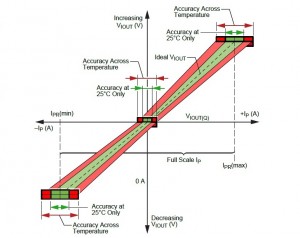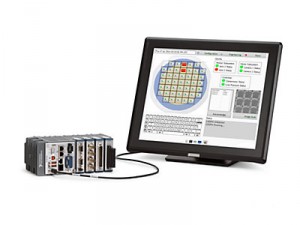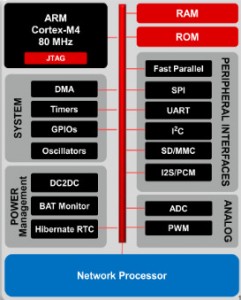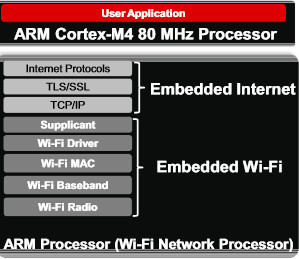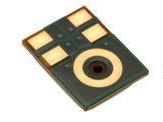Allegro MicroSystems is offering bidirectional ±5A or unidirectional 10A sensor ICs which have internal galvanic isolation
Designed for AC or DC current sensing for motor control, switched-mode power supplies and solar invertors, the devices have a low-offset, linear Hall sensor circuit with a copper conduction path located near the surface of the die.
Applied current flowing through the copper conduction path generates a magnetic field which is sensed by the integrated Hall device and converted into a proportional voltage. Device accuracy is optimised through the close proximity of the magnetic field to the Hall transducer.
A proportional voltage is provided by the low-offset, chopper-stabilised BiCMOS Hall IC, which is programmed for accuracy after packaging.
The output of the device has a positive slope when an increasing current flows through the primary copper conduction path, which is the path used for current sensing. The internal resistance of this conductive path is typically 0.65mΩ, providing low power loss.
The terminals of the conductive path are electrically isolated from the sensor leads. This allows the ACS722 and ACS723 current sensor ICs to be used in high-side current sense applications without the use of high-side differential amplifiers or other costly isolation techniques.
The devices are certified to 2400 V RMS isolation, and can be used in AC line tied applications.
The two devices are differentiated by the supply voltage: 3.3 V for the ACS722 and 5 V for the ACS723. This means that the ACS723 has higher sensitivity than the ACS722 for the same current range. For example, the ACS723LLCTR-05AB-T has a sensitivity of 400 mV/A as compared with 264 mV/A for the ACS722LLCTR-05AB-T.

